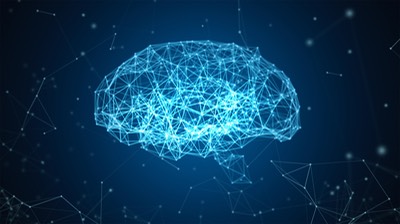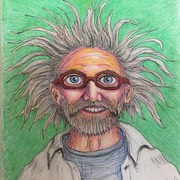Neuron Trek- Learning to Read is a free site,** but donations are welcome. Try it out first!
We believe learning is easier when it is fun, motivating, and brain-based.
Click thumbnail for youtube video. For references in this video, see footnotes at the bottom of the page.*
How can students have fun while learning to read? Fun actually stimulates the brain; rhythm and rhyme can enhance synaptic connections. Also, these videos can create neural associations, showing concepts, instead of telling, which leads to student engagement.
Teachers and Parents: Your guidance and feedback are essential. Visit our Site Content page to get an overview, and a link to the Site Map, which in turn has links to over 80 activities! Start where your student’s needs are. Or here’s a link to the new Alphabet song. “Learning to Read” has more specific information.
Brain-boosting is an important way to check and correct specific skills. They can be used for learning-issues at higher levels. These can be adjusted to student level: For fifth graders, they earned Smart Cards for each activity to earn “dieties" in a maze game. (I’ll have more on this later.) If you have a struggling reader, make sure you visit the Eye Movement page- this is a surprisingly common problem, and easy to improve.
All student pages have a pic of Professor Essor:
He’ll provide some audio cues for students to click on.
For questions and updates, visit the Blog page.
References for the intro video:
Credit for background stars- unknown (my apologies, maybe discontinued)
Note: This video did not play well on GoDaddy’s servers, so I had to link to youtube. References:
* Donald Hebb/Hebbian theory overview- https://en.wikipedia.org/wiki/Hebbian_theory
Max Cynader on synaptic stimulation- https://www.youtube.com/watch?v=Chr3rQ6Vpcw
Stanislas DeHaene, reading in the brain, 2009, More on DeHaene’s work is within the “Learning to Read” page.
**Copyrights protect content against commercial use, but non-commercial educational and private uses are fine.

